Preston and District Wildfowlers Association

Preston and District Wildfowlers Association
“Conservation is Our Aim”

Conservation and Sustainability
The majority of Preston and District Wildfowlers Association’s (PDWA’s) marshes are internationally important for wintering wildfowl and waders and are rightly designated as a Special Protection Area (SPA), Site of Special Scientific Interest (SSSI) and Ramsar site.
Each winter massive numbers of wildfowl and waders descend upon our marshes to escape harsher winters in the arctic, while some of the native breeding species, such as curlew, golden plover and lapwing return to the coast from their summer upland/Pennine nesting grounds.
The range of intertidal habitats present across the Ribble Estuary is both complex and vast, and influenced in part by the varying levels and type of management applied on the ground. PDWA’s marshes are largely sheep-grazed which maintains a shorter grass-rich sward beloved by wigeon. These swards and numerous shallow flashes also attract huge numbers of waders, with the short grass easier to negotiate and a ready source of invertebrates easily accessed by probing dunlin, knot, ringed plover, golden plover and black-tailed godwit.
For many years PDWA have contributed to the success of this special area by monthly monitoring through the Wetland Bird Survey (WeBS) Core Counts, maintenance of flashes, provision and monitoring of duck nest boxes and tubes for both quarry and non-quarry species, supplementary feeding of tidal and non-tidal areas, and the legal control of predators during the nesting season.
Over the years the conservation aspect of the club’s activity has steadily grown, with the club collaborating with the Wildfowl and Wetlands Trust and BASC Science on ‘Project Penelope’, a wigeon ringing scheme initiated and led by the Waterfowlers Network and aimed at improving the scientific knowledge of wigeon migration, site fidelity, and mortality.
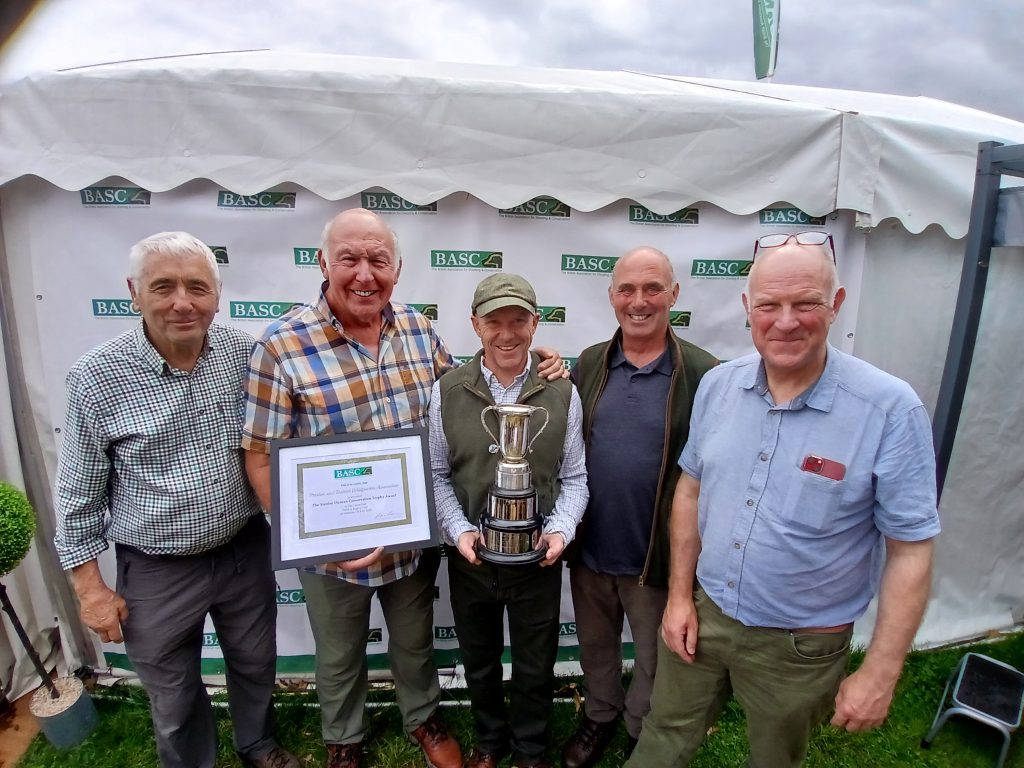
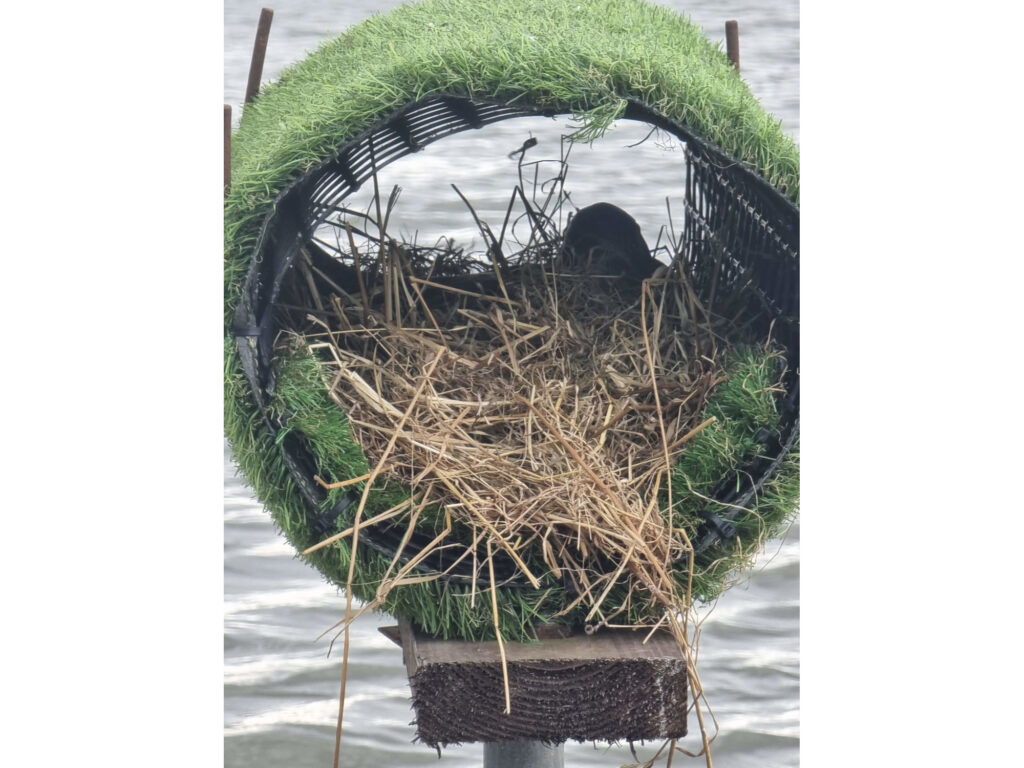

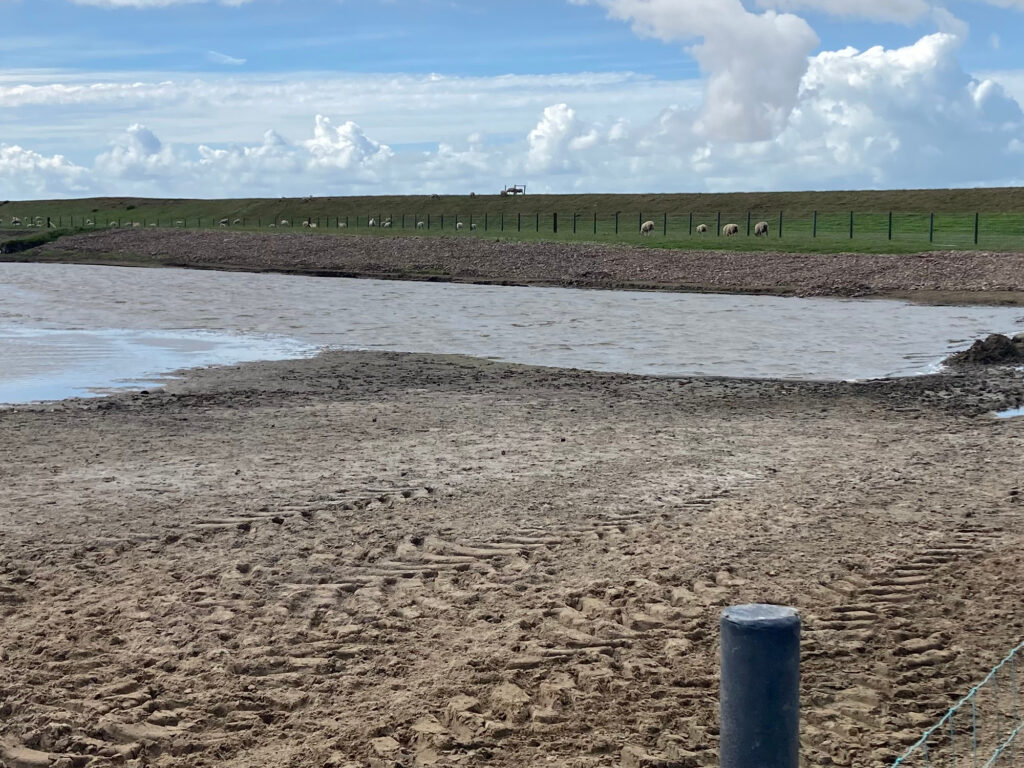
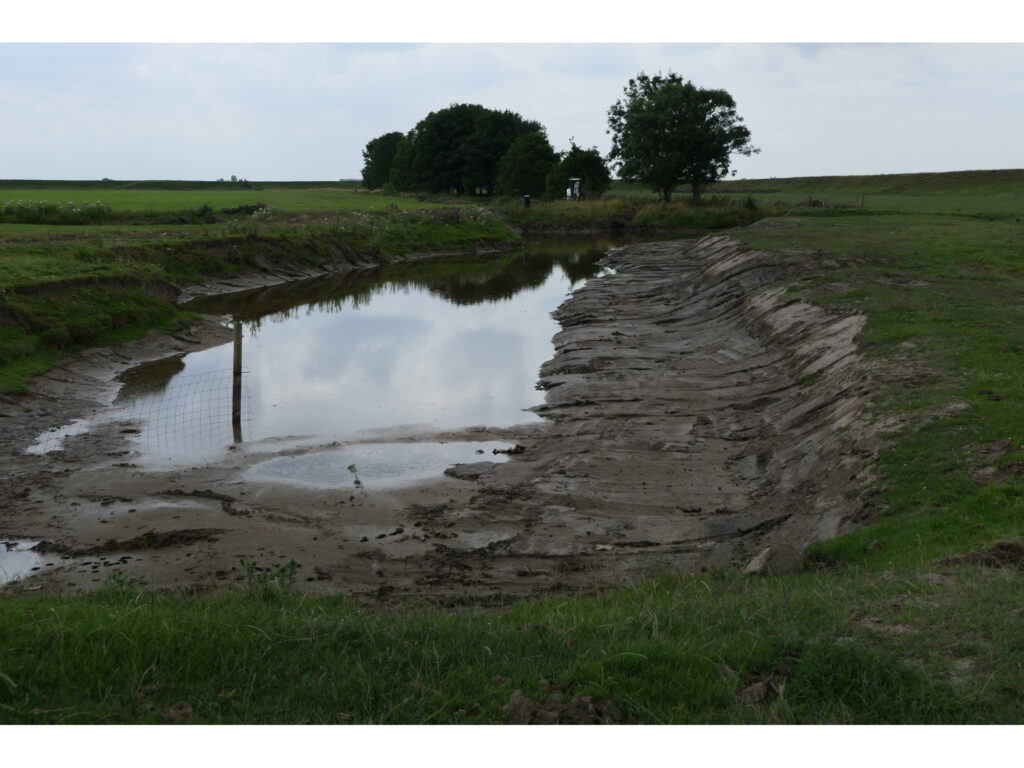
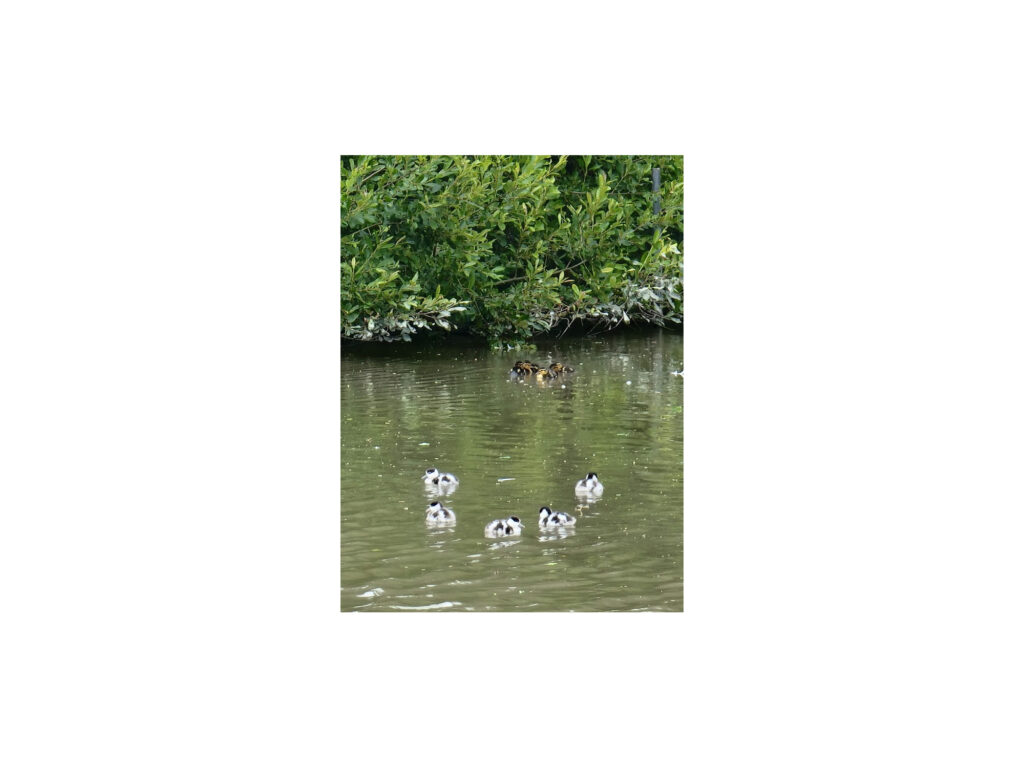
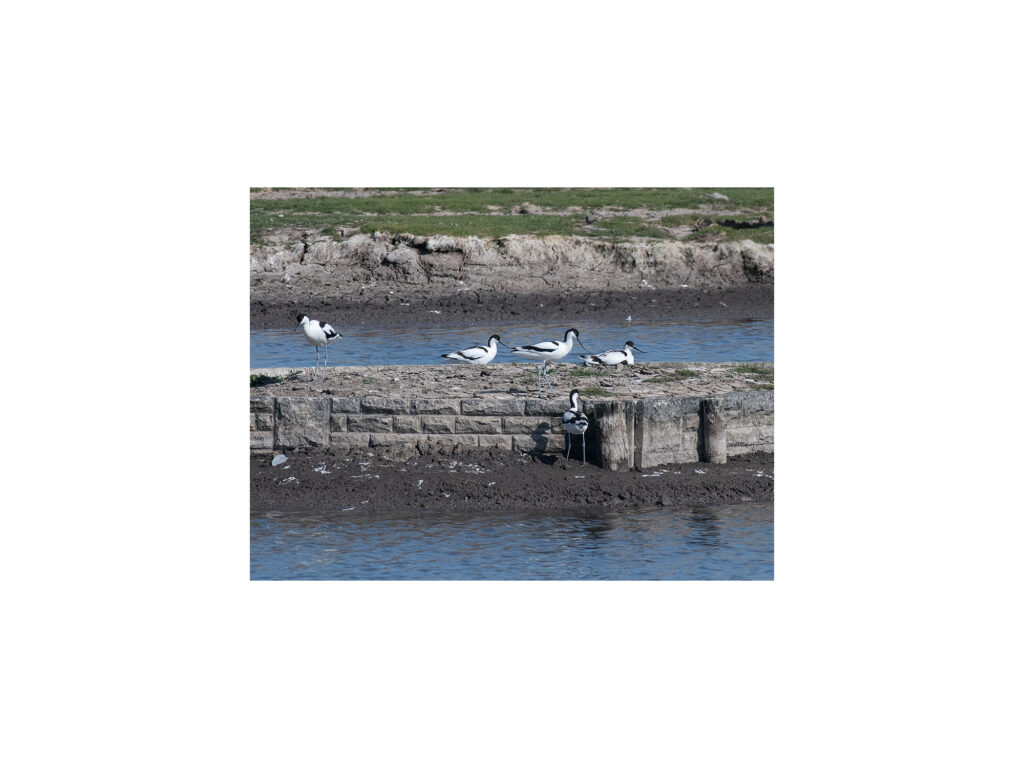
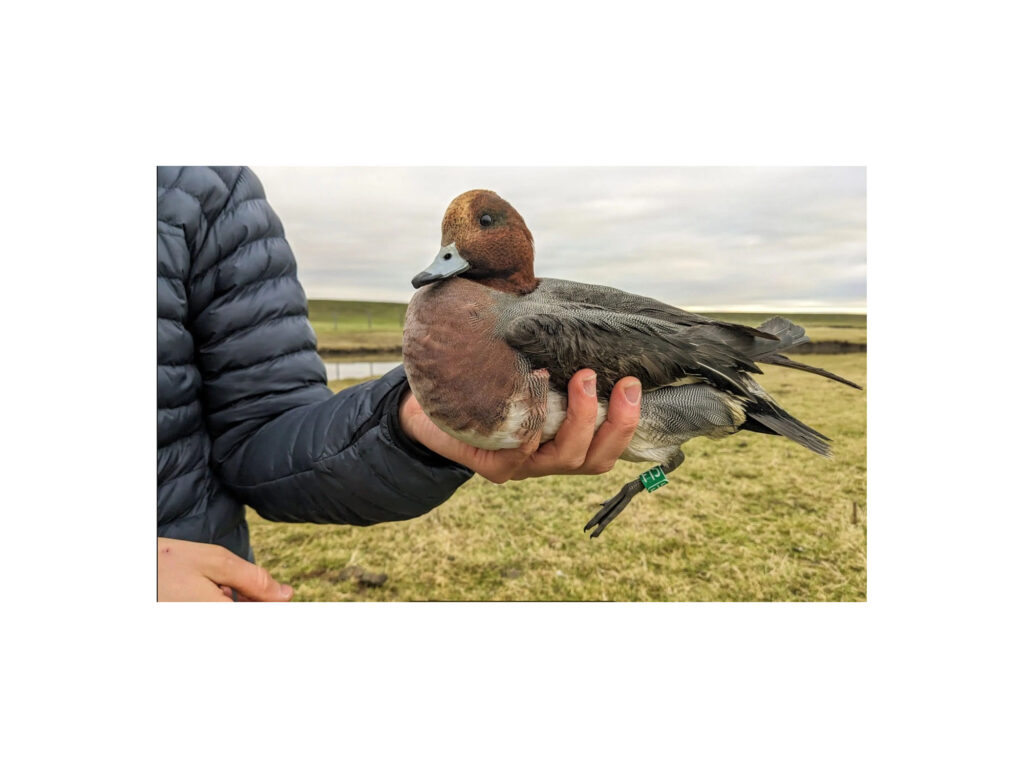
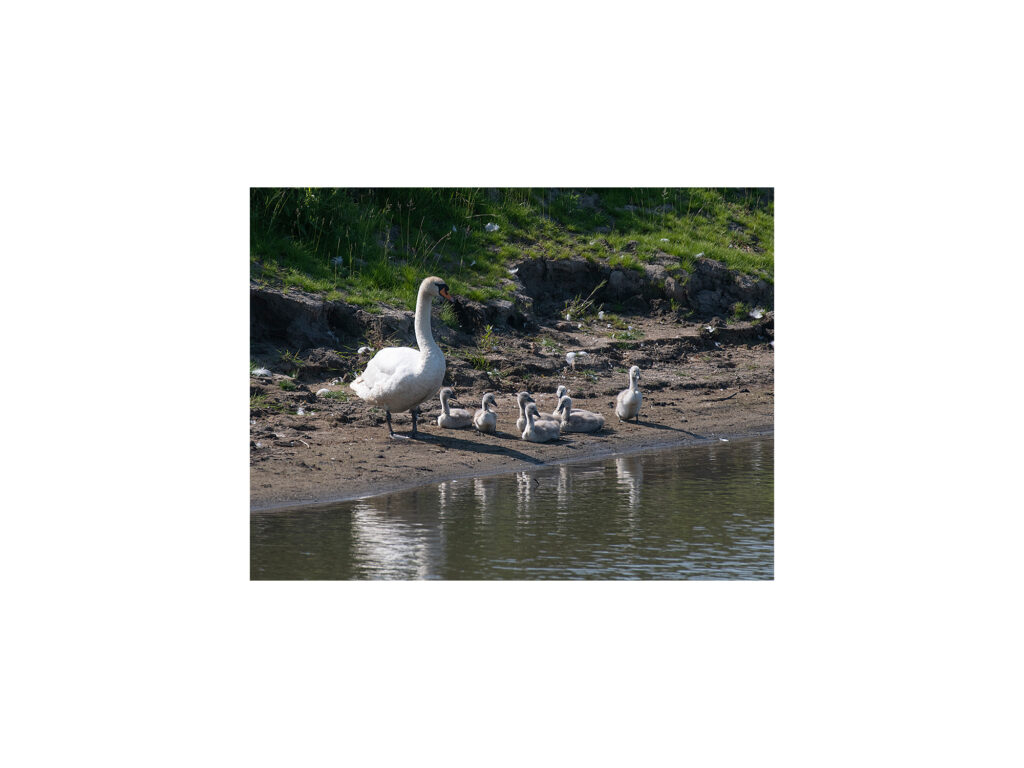
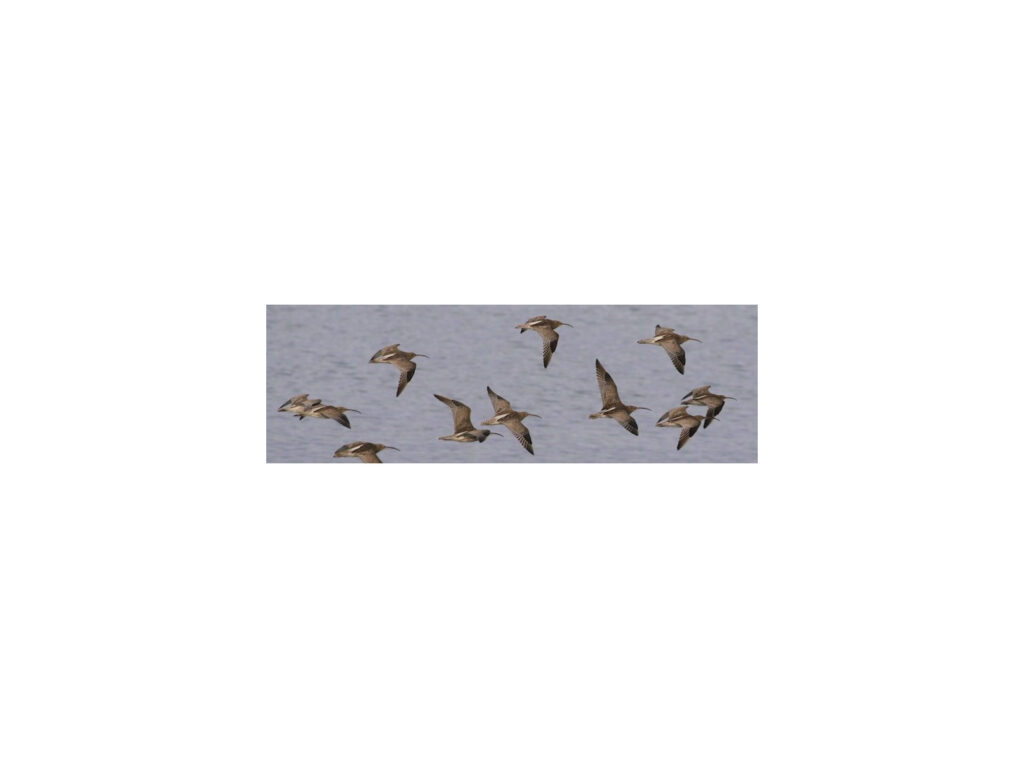
This ringing scheme has now developed to include shelduck as a side project which will be expanded upon through the provision of increased bespoke nesting facilities.
Also following generous grant funding from the Wildlife Habitat Charitable Trust (now BASC Wildlife Fund) and the Lancashire Environment Fund, 2022 saw the implementation of the Hutton Marsh Conservation Scheme, where a biodiversity depleted area of former tidal gutter was subject to habitat creation and enhancement measures aimed at non-quarry species.